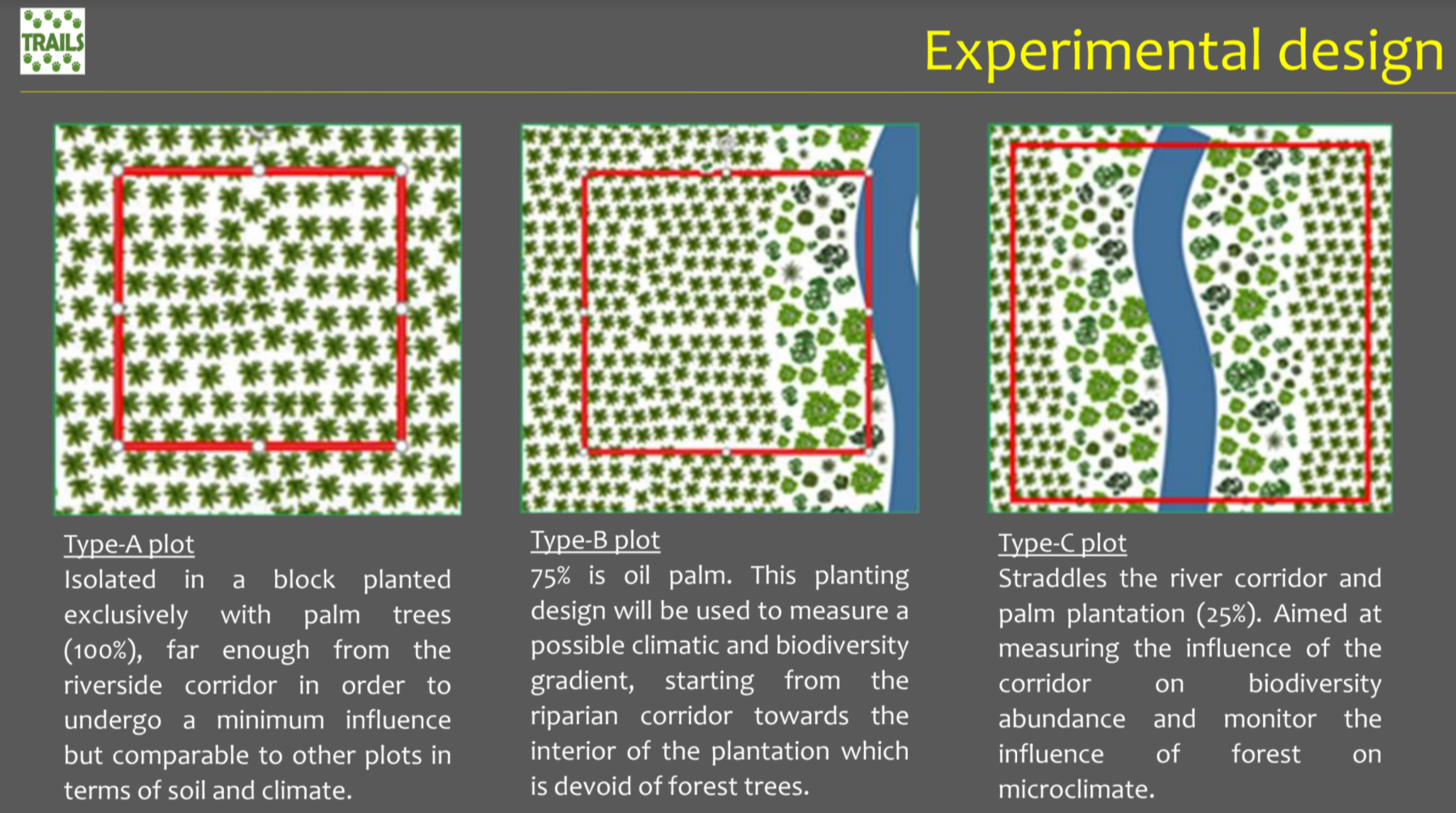Last week, Strengthening Palm Oil Sustainability Indonesia (SPOS), IPB University, and ANGIN-Wageningen University hosted an online dialogue session on the possibility of ISPO-certifying one million Indonesian smallholders by 2025. Overall, experts speaking at the dialogue appear cautiously optimistic about the ambitious goal, with several pertinent points:
Marieka Leegwater from Solidaridad Palm Oil Program reiterated that transparency is imperative for ISPO standards to be effectively enforced and receive recognition by value chain and government. In response to a question about fostering a fair relationship between mills and smallholders, Marieke opines that it cannot be forced, as the former are typically in a better position contractually than the latter.
Rukaiya Rafik from Forum Petani Kelapa Sawit Berkelanjutan Indonesia (FORTASBI) was optimistic about the possibility of certifying one million smallholders by 2025. Data is already available, as are incentives, although the latter is not yet well integrated throughout the supply chain. Rukaiyah agreed with Marieke’s answer on the question on mill-smallholder relationships, adding that it presents a good opportunity to encourage smallholders to get certified.
Frans Claassen of Margarine, Fats and Oils (MVO) explained that several initiatives and measures introduced, including the ISPO and relevant presidential moratoria, have contributed towards international recognition of sustainable palm oil from Indonesia. Success stories help, such as the declining deforestation rates linked to palm oil plantations for four years in a row in Indonesia. With specific reference to ISPO, increased transparency, continuous improvements, and clear benefits for the smallholders are key to strengthening its credibility.
Source: Heriawan, National Action Plan of Sustainable Palm Oil (2021). There was a discussion on whether intercropping or agroforestry would be more acceptable to big plantation companies, especially considering that these companies would likely be deterred from agroforestry practices as it may lower their oil palm production rate.










